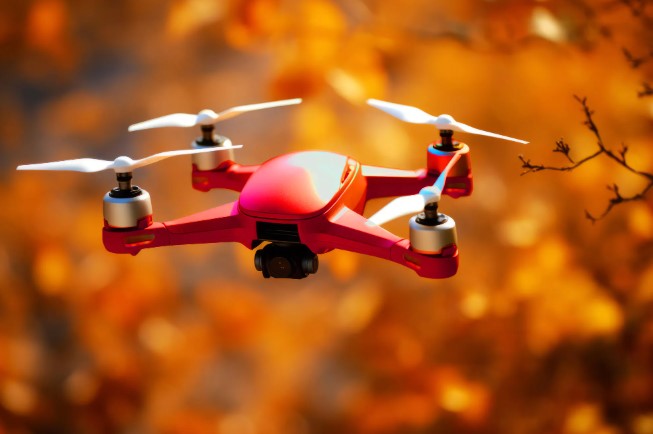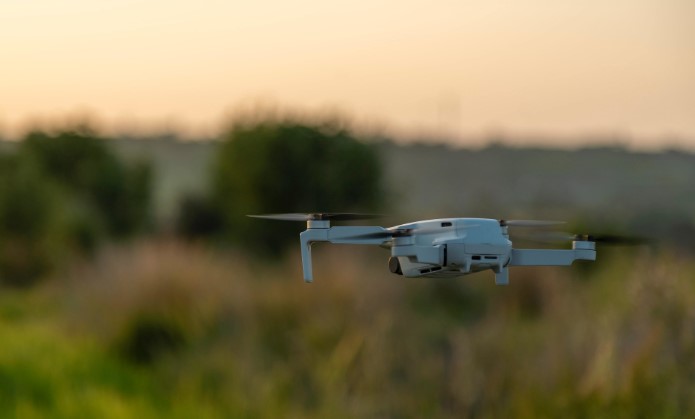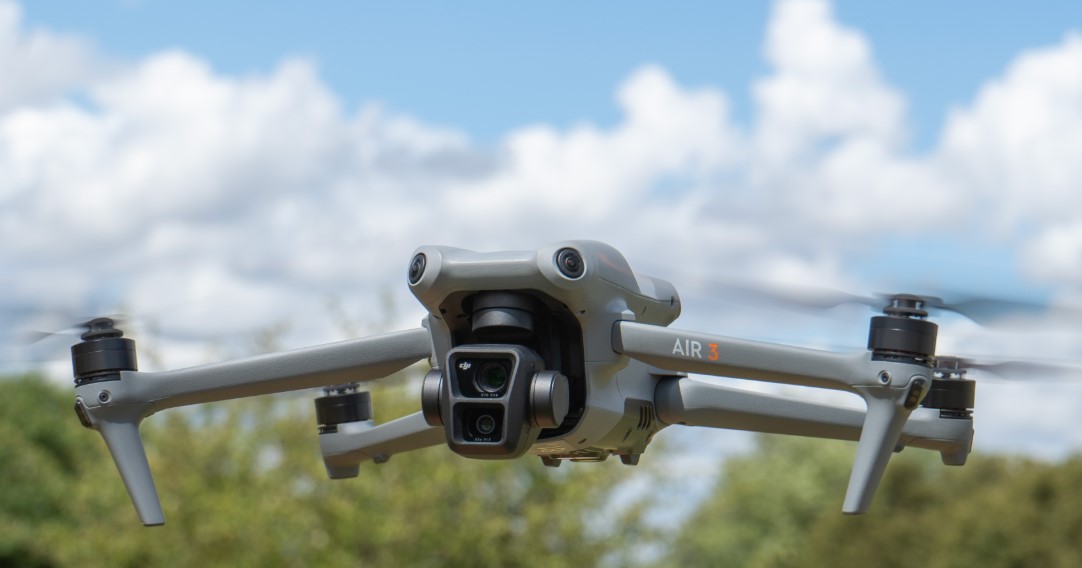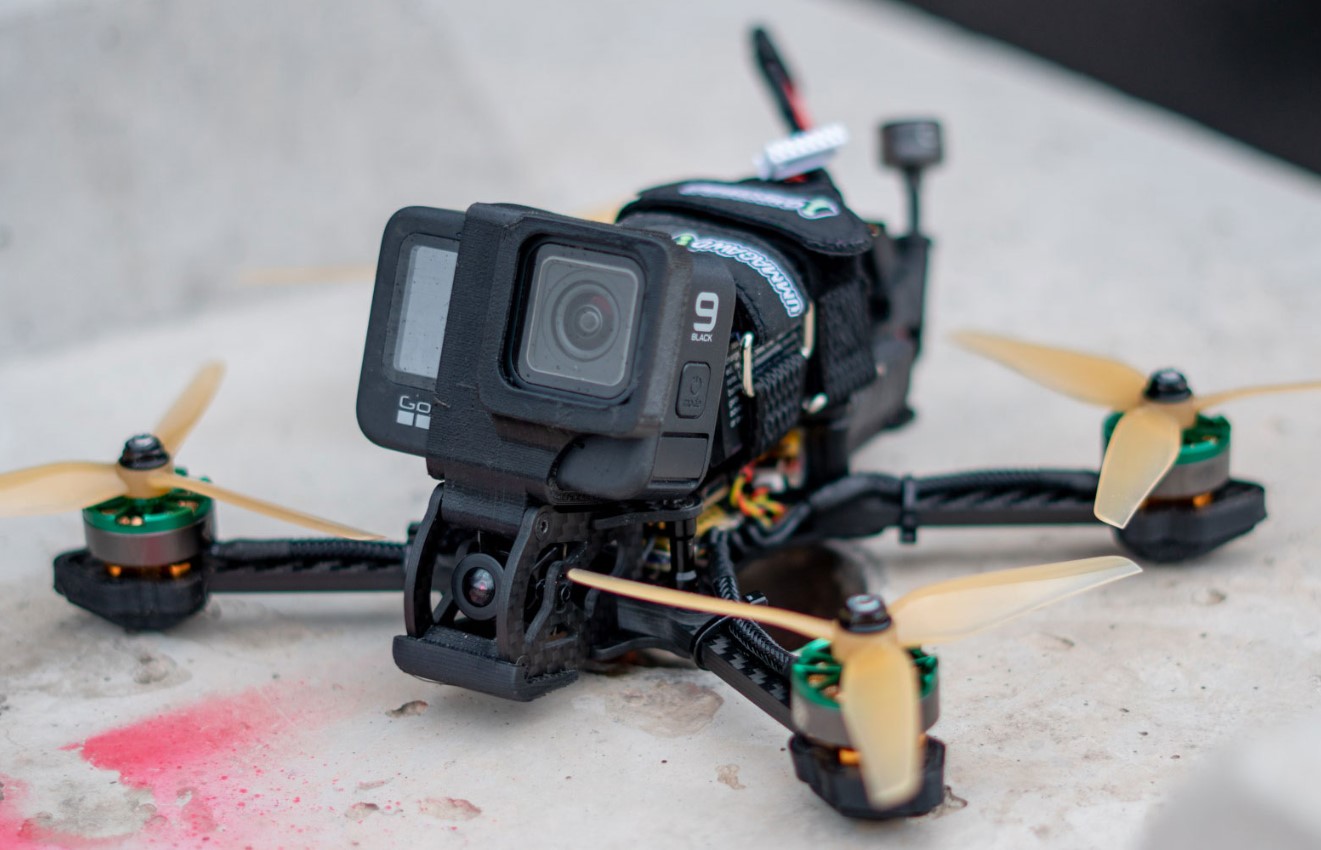Why are drones called drones? The term “drone” has become synonymous with unmanned aerial vehicles (UAVs), encompassing everything from small, consumer-grade quadcopters to large, sophisticated military aircraft. But why are these increasingly ubiquitous flying machines called “drones”? The answer lies in a fascinating journey through entomology, military history, and technological evolution. This essay will delve into the origins of the word “drone,” trace its application to unmanned aircraft, and explore the nuances of its current usage. We will explore alternative terms, and why “drone” stuck. Follow Dronevoz.com !!!
The Entomological Roots: The Male Bee
The word “drone” has its origins in Old English, derived from the word “drān” or “drǣn,” meaning a male honeybee. This connection to the insect world is crucial to understanding the term’s later application to aircraft. Male bees, or drones, have a very specific role in the hive:
- No Stinger: Drones are incapable of stinging, making them relatively harmless.
- Limited Function: Their primary function is to mate with the queen bee. They do not collect nectar, build the hive, or defend it.
- Monotonous Flight: Drones are known for their characteristic, low-frequency buzzing sound during flight, often described as a monotonous hum.
- Controlled Existence: Their lives are largely controlled by the needs of the hive, and they are often expelled or die after mating.
These characteristics – a monotonous sound, a lack of independent action (at least in the human perception), and a somewhat controlled existence – provided a metaphorical foundation for the later use of the term in aviation.

Early Aviation and Target Practice: The Birth of the “Drone” Aircraft
The application of “drone” to aircraft didn’t happen overnight. It emerged in the 1930s, specifically in the context of military target practice.
- The DH.82B Queen Bee (1935): This is widely considered the pivotal moment. The British Royal Navy developed a radio-controlled, pilotless version of the de Havilland Tiger Moth biplane, designated the DH.82B Queen Bee. This aircraft was designed to be used as a reusable target for anti-aircraft gunnery practice.
- The Name’s Significance: The name “Queen Bee” was deliberately chosen. It acknowledged the entomological connection, with the “Queen Bee” controlling the “drone” aircraft. The “drone” aircraft, like the male bee, was expendable and existed solely for a specific, controlled purpose.
- Admiral William H. Standley and the US Connection: US Admiral William H. Standley witnessed a demonstration of the Queen Bee in 1935. He was impressed, and upon returning to the US, he tasked Commander Delmer Fahrney with developing a similar system for the US Navy. Fahrney’s team adopted the term “drone” to refer to these remotely controlled target aircraft, solidifying its use in American military terminology.
- Early Remotely Piloted Vehicles (RPVs): Before the Queen Bee, there were experiments with remotely piloted aircraft. However, these were often referred to as “aerial torpedoes” or other descriptive terms. The Queen Bee and Fahrney’s subsequent work cemented “drone” as the preferred term for a reusable, remotely controlled aircraft used for target practice.
>>> Click Why No DJI App on Play Store?
World War II and Beyond: Expanding the Drone’s Role

World War II saw an expansion in the development and use of drones, though they remained primarily focused on target practice and limited reconnaissance roles.
- Operation Aphrodite and Operation Anvil (WWII): These were ambitious (and largely unsuccessful) US programs that involved converting obsolete bombers into large, radio-controlled drones packed with explosives. These were intended to be flown into heavily defended targets, but the technology was unreliable.
- Post-War Development: After WWII, drone technology continued to advance, driven by the Cold War and the increasing need for reconnaissance and surveillance capabilities. Drones became smaller, more sophisticated, and capable of carrying cameras and other sensors.
- The Vietnam War: The Vietnam War saw a significant increase in the use of drones for reconnaissance, particularly the Ryan Firebee series. These drones were still largely referred to as “RPVs” (Remotely Piloted Vehicles) in official military documentation, but the term “drone” was gaining traction in popular usage.
The Modern Drone Era: Proliferation and Diversification
The late 20th and early 21st centuries witnessed an explosion in drone technology and applications. This is where the term “drone” truly solidified its dominance, but also where its connotations began to diversify (and sometimes become controversial).

- Military Use: The development of sophisticated, weaponized drones like the Predator and Reaper, used extensively in conflicts in Afghanistan, Iraq, and elsewhere, brought the term “drone” into the forefront of public consciousness. This association with military strikes led to some negative connotations.
- Commercial and Civilian Use: Simultaneously, advancements in miniaturization, battery technology, and GPS systems led to the rise of affordable, consumer-grade drones. These drones are used for a wide range of applications, including:
- Photography and Videography: Capturing aerial footage.
- Agriculture: Monitoring crops, spraying pesticides.
- Infrastructure Inspection: Inspecting bridges, power lines, and other structures.
- Delivery Services: Delivering packages and goods.
- Search and Rescue: Locating missing persons.
- Scientific Research: Studying wildlife, weather patterns, and other phenomena.
- The “Drone” Debate: The widespread use of drones, particularly in military contexts, has sparked considerable debate about ethical, legal, and privacy concerns. The term “drone” itself has become somewhat loaded, with some preferring the more neutral term “UAV” (Unmanned Aerial Vehicle) or “UAS” (Unmanned Aircraft System).
>>> Read More: What Are the Best Drone Brands?
Alternative Terms and Why “Drone” Persists
While “drone” is the most common term, several alternatives exist:
- UAV (Unmanned Aerial Vehicle): This is a more technically precise and neutral term, often preferred in academic and professional contexts. It emphasizes the lack of a human pilot onboard.
- UAS (Unmanned Aircraft System): This term encompasses not only the aircraft itself but also the ground control station, communication links, and other supporting infrastructure. It’s a broader term than UAV.
- RPV (Remotely Piloted Vehicle): This term was common in the mid-20th century, particularly in military circles. It highlights the fact that the aircraft is controlled remotely by a human pilot, even if that pilot is not physically onboard.
- Quadcopter, Hexacopter, Octocopter: These terms refer to specific types of multi-rotor drones, categorized by the number of rotors they have.
Despite these alternatives, “drone” persists as the dominant term for several reasons:
- Simplicity and Catchiness: “Drone” is a short, memorable, and easy-to-pronounce word.
- Historical Precedent: It has a long history of use, dating back to the 1930s.
- Media Influence: The media has widely adopted the term “drone,” further solidifying its place in popular vocabulary.
- Entomological Resonance: The original connection to the male bee, with its connotations of controlled flight and a specific purpose, continues to resonate, even if subconsciously.
Conclusion
Why are drones called drones? The journey of the word “drone” from a description of a male bee to the ubiquitous term for unmanned aerial vehicles is a fascinating example of how language evolves alongside technology. While the term’s origins lie in the need for target practice in the 1930s, its meaning has expanded dramatically in the 21st century. “Drone” now encompasses a vast range of aircraft, from small, hobbyist quadcopters to large, weaponized military platforms. While alternative terms like “UAV” and “UAS” offer greater technical precision, the simplicity, historical precedent, and entomological resonance of “drone” ensure its continued dominance in both popular and, increasingly, professional usage. The future of drone technology is undoubtedly bright, and the word “drone,” with all its historical baggage and evolving connotations, will continue to be at the center of the conversation.


